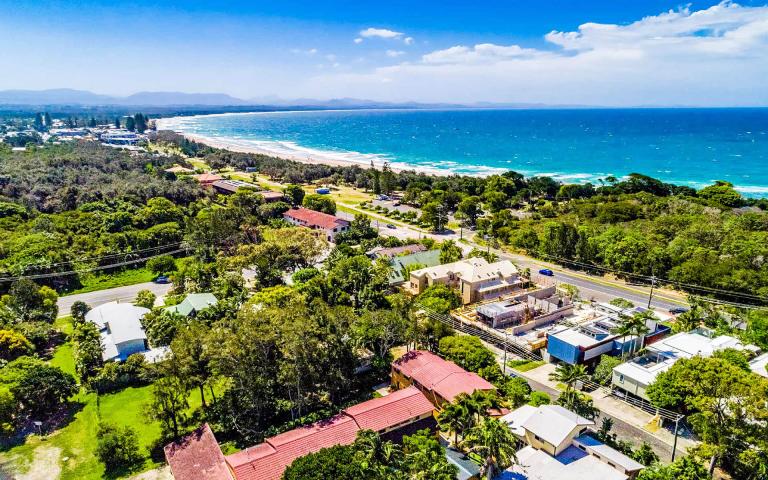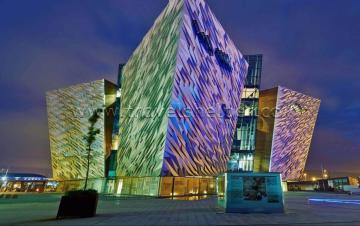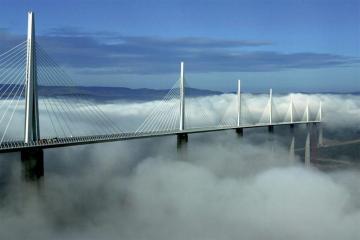From Rio's samba spectacle to Venice's masked elegance, explore 10 unique festivals that showcase human creativity, cultural diversity, and the universal spirit of celebration. Uncover…


Rising in the far-northeastern corner of New South Wales, Australia, Byron Bay, known in the Minjungbal language as Cavvanbah, is a charming beachside town. Tucked down in Bundjalung Country, this little town is a refuge for people looking for a laid-back way of life, cultural diversity, and natural beauty. Byron Bay, which sits 772 kilometers north of Sydney and 165 kilometers south of Brisbane, opens some of Australia’s most breathtaking coastal settings. Its proximity to Cape Byron, the easternmost point of mainland Australia, accentuates its appeal by providing amazing views and a special geographical relevance.
Byron Bay boasts 6,330 permanent residents as of the 2021 census. Though the administrative center is at Mullumbimby, it is the largest town in the Byron Shire local government area despite its rather small population. This difference emphasizes Byron Bay’s special fusion of regional significance and community closeness.
Warm summers and mild winters define the humid subtropical nature of the town. Usually reaching 19.4°C daily maximum temperatures in the winter, minimums range from 12°C. Conversely, Summers can be rather pleasant; average daily temperatures rise to 27°C. Often the evenings bring cool rain, a welcome break from the heat of the day. Byron Bay is regularly subjected to moist easterly flows from its orientation on an ocean-facing cape, which results in an annual rainfall more than 1,500 mm than that of Brisbane and the Gold Coast.
Natural beauty and mild temperature of Byron Bay have attracted both domestic and foreign guests to this sought-after resort. Surfing on its immaculate beaches is well-known, which attracts surfers from all around the world. Skydivers drawn to experience the excitement of freefalling over such a stunning scene also find appeal in the town. Offering breathtaking coastal views along the way, an oceanway gives guests a beautiful path to walk or bike from the town center to the famous Cape Byron Lighthouse.
The area’s great biodiversity adds even more appeal. Since the area is ideal for seeing these amazing animals, whale viewing is a major source of income for the local businesses. With Julian Rocks, 2.5 kilometers from the town, a well-known diving destination within the Cape Byron Marine Park, the merging of temperate and tropical waters offers a paradise for scuba diving and snorkelling aficioners. Surrounding the area are subtropical rainforests, with attractions like Minyon Falls conveniently reachable from the town. Nightcap National Park
Another appeal to guests is the active cultural scene of Byron Bay. To suit a range of interests, the town hosts several celebrations all year long. Popular for school leavers, Schoolies week falls in late November and early December and draws young people from all around the nation. Renowned music festival the Byron Bay Bluesfest, held at Tyagarah during Easter, attracts both local musicians and international performers. Among other noteworthy events are the Falls Festival NYE, Splendour in the Grass, the Byron Bay International Fashion Festival, the Byron Writers Festival, the Byron Film Festival, the Byron Surf Festival, the Byron Spirit Festival, and the Byron Underwater Festival. Every one of these gatherings adds something for everyone and helps to create the vibrant cultural tapestry of the town.
The community life of Byron Bay also revolves much around sporting events. Held yearly on the second Saturday in May, the Byron Bay Triathlon draws 1,300 athletes from all around for this Olympic Distance event. It is a highlight of the town calendar because of this mix of natural beauty and athletic ability.
From Blue King Brown to Parkway Drive to 50 Lions, Byron Bay’s active musical scene has produced internationally praised bands. This musical legacy gives the town’s cultural diversity still another level of richness and attracts music lovers, so supporting a vibrant local arts scene.
Currency
Founded
Calling code
Population
Area
Official language
Elevation
Time zone
Officially the Commonwealth of Australia, Australia is a nation that enthralls with its rich history, dynamic culture, and large landscapes. It includes the mainland of Australia, the island state of…
Brisbane, called Meanjin in the Turrbal language, is Queensland, Australia's energetic capital. With a population of almost 2.6 million, this city is third most populous in Australia and Oceania. Brisbane,…
The capital of Australia, Canberra skillfully combines modernism with history and culture. Born from the federation of Australian colonies, it became the seat of government for the just established country.…
Gold Coast is part of Australia's Queensland. The second-largest city in Queensland after Brisbane, the state capital, the Gold Coast is located roughly 66 kilometers south-southeast of Brisbane and ranks…
Tucked up among the magnificent Victorian Alps, Falls Creek Alpine Resort is Australia's best refuge for alpine adventures. Located in the Hume area of Alpine National Park in northeastern Victoria,…
Nestled in the Snowy Mountains of New South Wales, Australia, Thredbo is a picturesque village with a famous ski resort. Reached by the Alpine Way from Cooma, Berridale, and Jindabyne,…
Among Australian cities, Sydney, the capital of New South Wales, boasts the highest population. Tucked on Australia's eastern coast, this energetic city stretches about 80 kilometers from the Pacific Ocean…
Referred to as Boorloo in the Nyungar language, Perth is the capital of Western Australia and fourth most populated city in the nation. Greater Perth, with a population of more…
Perisher Ski Resort is the biggest ski resort in the Southern Hemisphere. Situated in the heart of the Australian Snowy Mountains, this large resort consists of four distinct villages: Blue…
Newcastle is a dynamic regional metropolitan area in New South Wales, Australia, sometimes known as Greater Newcastle or locally as Mulubinba in the Awabakal language. Second most populous district in…
Melbourne is the capital and most populous city in the Australian state of Victoria. Second most populous city in Australia, it comes after Sydney. Usually referring to the large 9,993…
Located in the Northern Territory of Australia, Alice Springs, sometimes known as Mparntwe, in Eastern Arrernte language, is a fascinating town bursting with cultural value. After Darwin and Palmerston, this…
From Rio's samba spectacle to Venice's masked elegance, explore 10 unique festivals that showcase human creativity, cultural diversity, and the universal spirit of celebration. Uncover…

Home France is recognized for its significant cultural heritage, exceptional cuisine, and attractive landscapes, making it the most visited country in the world. From seeing…

While many of Europe's magnificent cities remain eclipsed by their more well-known counterparts, it is a treasure store of enchanted towns. From the artistic appeal…

Discover the vibrant nightlife scenes of Europe's most fascinating cities and travel to remember-able destinations! From the vibrant beauty of London to the thrilling energy…

The 7 Wonders of the 21st Century feature amazing successes redefining human creativity and engineering capability. From the calm Temple of Buddha's Origin in Leshan,…

© All Rights Reserved. By Travel S Helper